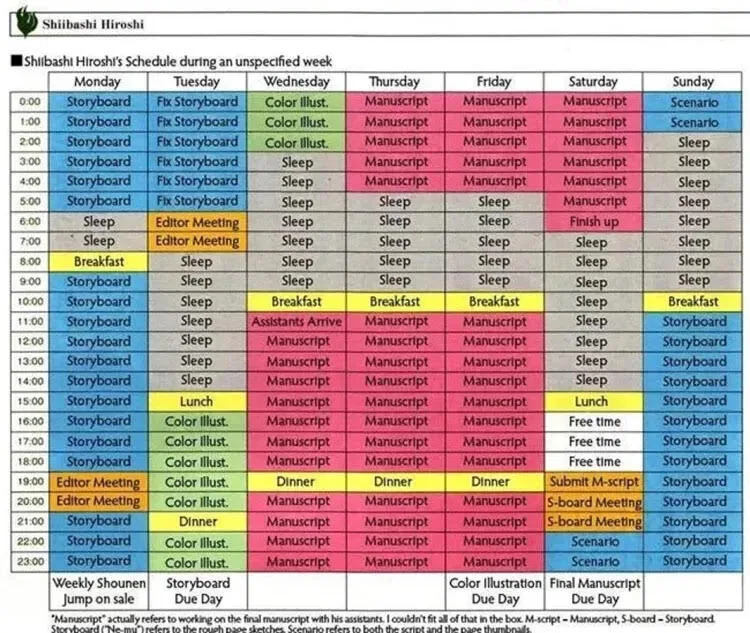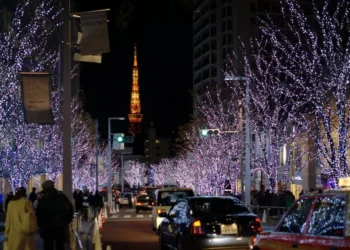No products in the cart.
Inside the Harsh World of Manga Creation: The Real Lifestyle of a Mangaka
The manga industry is one of Japan’s most successful cultural exports, but behind the vibrant pages and beloved characters lies a harsh truth. The lifestyle of a mangaka is demanding, unforgiving, and often unhealthy. While the finished product brings joy to millions, the creators face an overwhelming workload, tight deadlines, and health risks that many readers don’t realize.
The Demands and Realities of the Lifestyle of a Mangaka
The lifestyle of a mangaka—meaning a manga artist—is filled with long hours and little rest. While some successful mangaka become celebrities in Japan, most work under intense pressure. They are expected to produce a new chapter every week or two, usually for serialization in weekly or monthly magazines. For popular titles, this schedule continues for years with very few breaks.
A mangaka typically begins their day early and works into the night. Many sleep only a few hours. Unlike authors of novels or screenwriters, mangaka must both write and draw every page, which doubles the effort. While some have assistants to help with background art or inking, the main creative direction always comes from the mangaka.
Deadlines are sacred in the manga world. Editors push artists to stick to tight schedules, and failure to deliver on time can result in skipped issues, financial penalties, or being dropped from a publication altogether. This cycle repeats itself every week, with little room to rest.
The demanding lifestyle of a mangaka
Because of the constant deadlines and pressure to perform, the lifestyle of a mangaka often leads to serious health problems. Many mangaka suffer from sleep deprivation, back pain, wrist problems, and eye strain due to the number of hours they spend drawing without breaks.
Mentally, the stress can be just as bad. Working in isolation for long periods of time, combined with the need to stay creative under pressure, can lead to burnout, anxiety, and even depression. The fear of cancellation or disappointing readers adds another layer of emotional strain.
Famous mangaka like Yoshihiro Togashi (creator of Hunter x Hunter) have publicly discussed their health issues. Togashi’s series has gone on long hiatuses due to his chronic back pain, a result of years of working hunched over his desk. Similarly, Kentaro Miura, the creator of Berserk, passed away in 2021 at age 54 due to acute aortic dissection—a condition often linked to stress and overwork.

No time off, even when sick
The demanding lifestyle of a mangaka means that many continue to work even when sick. There is a strong culture of perseverance in Japan, especially in the manga industry. Taking time off can be seen as a sign of weakness or risk losing a spot in the magazine.
Eiichiro Oda, the creator of One Piece, famously sleeps only three hours a night when producing new chapters. In interviews, he has mentioned collapsing from exhaustion and continuing to draw while hooked up to IV drips. This is not uncommon among top-level mangaka.
Why do they keep going?
Despite the heavy toll, many continue because of their passion for manga and their fans. For some, it’s the dream of having their own serialized work and building a world that readers love. The possibility of becoming a best-selling creator like Akira Toriyama (Dragon Ball) or Hajime Isayama (Attack on Titan) drives many to accept the brutal workload.
Financially, success can be very rewarding. Top mangaka earn millions through book sales, anime adaptations, and merchandise deals. But those who never reach that level often work just as hard for very little return. New mangaka usually earn less than minimum wage during their early years and struggle to pay assistants or keep a steady income.
Lack of long-term support
One of the biggest problems with the lifestyle of a mangaka is the lack of long-term security. There’s no retirement plan or health insurance provided by publishing companies unless the mangaka sets it up themselves. Once a series ends, many creators are left with few options if their work didn’t become a long-term success.
In contrast to other countries where artists may have agents or unions, the manga industry in Japan doesn’t have many protections for creators. The power usually lies with the publishers, who decide what gets printed and for how long.
Are things changing?
Recently, there’s been more public awareness of the problems with the lifestyle of a mangaka. Some publishers are offering more flexible schedules or encouraging digital drawing tools to reduce strain. Web manga platforms also allow artists to publish at their own pace, outside the pressures of weekly magazines.
Still, many believe that more needs to be done. Creating systems to support mangaka health, protect their rights, and ensure fair compensation is essential if the industry is to remain strong.
Fans also play a role by supporting official releases and giving creators the space to take breaks when needed. The tragic loss of artists like Miura sparked a conversation about the dark side of the industry and the need for change.
Conclusion
The lifestyle of a mangaka is a mix of creativity and sacrifice. These artists pour their time, health, and emotions into their work to bring stories to life. While manga continues to grow in popularity worldwide, it’s important to remember the people behind the pages and the toll it takes to meet expectations.
As readers, understanding the true lifestyle of a mangaka helps us appreciate their work even more—and maybe, push for a healthier industry in the future.










